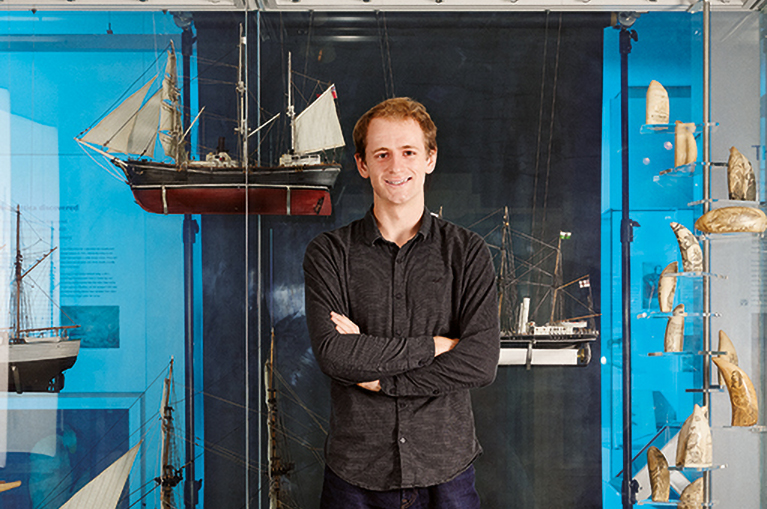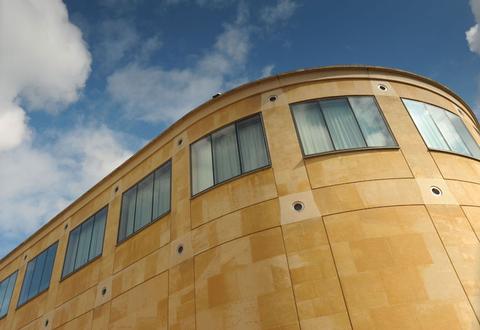Finnian — Finding the Right Stuff
Between 1901 and 1924, Britain arranged for a succession of all-male parties to suffer and die at the world’s most inaccessible and inhospitable extremities. In this short window, both Scott and Shackleton organised two major missions to the Antarctic and Mallory thrice sought the summit of Everest, disappearing during his final attempt.
 For my MPhil dissertation, I have sought to connect this spurt of ‘heroic’ exploring activity with instability in British thought about masculinity in the early twentieth century, taking account of the suffragette campaigns and brutalisation of young men during the Great War.
For my MPhil dissertation, I have sought to connect this spurt of ‘heroic’ exploring activity with instability in British thought about masculinity in the early twentieth century, taking account of the suffragette campaigns and brutalisation of young men during the Great War.
Whilst these ventures might have been intended as a vigorous reassertion of traditional Victorian conceptions of heroic masculinity, analysis of the writing and material produced by those who staffed these missions illuminates a discrepancy between the public presentation of the expeditions and the behaviour the men exhibited in reality. In the privacy of the Antarctic and on the slopes of Everest, these adventurers had an opportunity to dissect the normative behaviour to which they had been instructed to aspire. The myths disseminated by the Royal Geographical Society, and its favoured newspapers, about feats of heroic masculinity at the South Pole and in the Himalayas rarely matched the more textured, and indeed human, reality of the expeditions.
Finding sources for this project when most archives have been closed this year has been a challenge. In Michaelmas term, during the second lockdown, I was thankfully able to make use of the Emmanuel College archives and their material on our member Thomas Griffith Taylor (1907). He joined Scott’s Terra Nova immediately after graduating, and the names on the survey map he produced indicates that Cambridge was still on his mind. ‘Emmanuel Glacier’ and (perhaps less subtly) ‘Gonville & Caius Range’ label the Antarctic topography.
Griffith Taylor was also a frequent contributor to the Terra Nova’s internal newspaper, the South Polar Times. I was only able to access this fascinating source thanks to a kind librarian who, during the height of the third lockdown, discreetly removed copies of the journal from a library that was closed, wrapped them in a bin-bag and left them in a South London car park for me to pick up at a pre-arranged time. This rather suspicious-looking exchange enabled me to continue working on my project whilst locked-down at home. The South Polar Times ended up providing key evidence for my argument, as the articles inside it, particularly the more bizarre ones written at the height of the polar night, helped to reveal the everyday behaviours and interactions of the isolated community that are hidden in the formal accounts.


